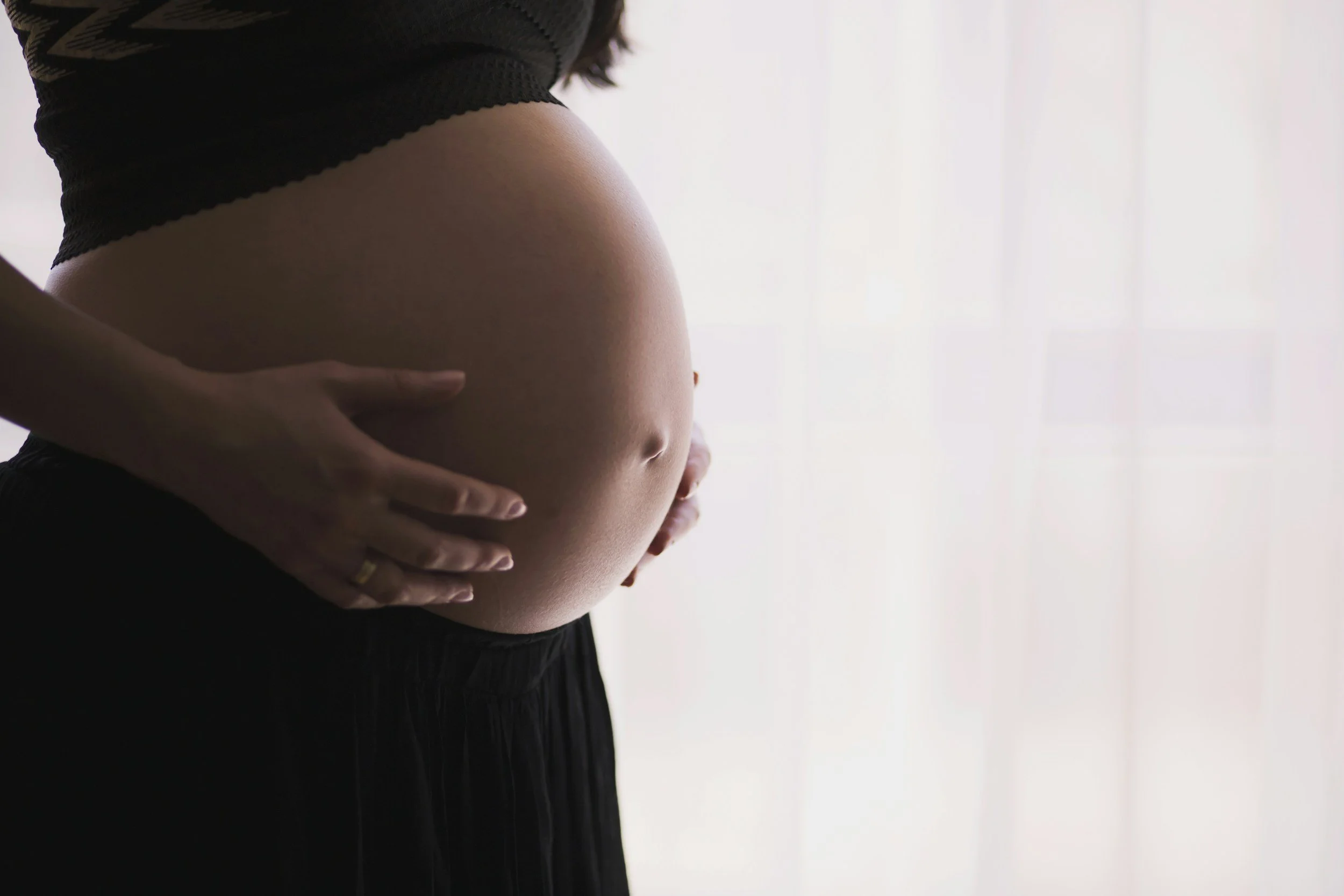Two Routes, One Goal: Holistic Support vs. IVF in Your Fertility Journey
How I worked with a client after multiple losses, and why your body still needs the foundation, even if you choose IVF.
I recently began working with a woman who had faced five miscarriages and one IVF cycle that ended in a loss. She was told over and over: “Let’s move quickly to the next round,” “Your labs look okay,” “You’re a candidate for IVF.” But no one was asking one simple question: How well is your body functioning right now?
When we started digging into her story, we discovered that beneath the surface she had blood-sugar dysregulation, elevated cortisol, and an under-supported thyroid. In other words: even though she had done “everything the clinic recommended,” her biology was still fighting against the interventions.
That’s the conversation I want to bring to you today: two paths toward the same goal (baby), but with very different starting lines. Because while IVF is a powerful tool, it’s not a guarantee. Your body still needs to do a lot of the heavy lifting behind the scenes.
Understanding IVF’s Reality
Let’s be clear: IVF has helped countless families bring home babies. But it’s neither a shortcut nor a guarantee.
According to Centers for Disease Control and Prevention data, across all ages and cycles, about 37.5% of ART (assisted reproductive technology) cycles in 2022 resulted in live births.
For women under 35 using their own eggs, success rates hover around 45–50%.
For ages 38–40, success drops to about 23%.
And then there’s the cost: the average U.S. IVF cycle falls between $15,000–$30,000+, and that’s before medications, monitoring, repeat cycles, or unexpected complications. Not to mention the toll it can take on the mind, body & spirit.
So yes, IVF can deliver. But it’s not bullet-proof. It still depends on egg quality, uterine environment, hormone balance, and metabolic health. These are all things your body needs to manage even if you’re jumping straight to IVF.
What IVF Can’t Do Alone
Think of IVF like the “planting” part of the journey. It retrieves eggs, fertilizes them, and places embryos. But these steps are only as successful as the soil and environment behind them.
It can’t fully make up for a thyroid that’s under-active, a high-stress nervous system, or blood sugar imbalances.
It doesn’t guarantee an optimal uterine lining, progesterone production, or a body that’s ready to carry.
IVF overrides but doesn’t replace biology. If the body isn’t supported, the odds are still stacked. That’s why we need to ask, how are you preparing and supporting your body through these interventions.
The Holistic Route — Building the Foundation
This is where the “other path” begins. This one doesn’t exclude IVF but makes sure your body is optimized if you choose it (or supports natural conception).
Key areas we work on in my practice:
Metabolic Health & Blood Sugar: Regular ovulation, hormone production and egg maturation depend on stable glucose and insulin.
Hormone Balance: We assess progesterone, thyroid, cortisol, and cycle awareness so you know what your body is doing and are only jump into IVF if absolutely necessary and desired.
Nutrition & Micronutrients: Evidence shows diet patterns and micronutrient status affect fertility outcomes.
Detox & Environment: We address gut, liver, and toxin exposure to make sure your body can clear hormones and create a receptive environment.
When you invest in this foundation, either path (natural conception or IVF) holds stronger chances.
The Hybrid Path — IVF + Holistic Support
You don’t have to choose one or the other. Many women benefit most from both.
I’ve seen success when clients spend 3-6 months optimizing their bodies before starting IVF. And many end up pregnant naturally during the process.
In the case of my client mentioned earlier, after we strengthened her metabolic and hormone foundation, she got pregnant naturally and we were able to work with her OB early to ensure she got the hormone support necessary to maintain that pregnancy.
Her body was better optimized to create and sustain life, and it did just that naturally, when IVF had failed her previously.
Even if you fully commit to IVF from the get-go, consider the questions: How many cycles could you reduce? How many dollars, tears, injections and loss could you avoid by building the groundwork first?
The Cost of Skipping the Foundations
It’s not just about money either (although that’s real). Each cycle, each failed retrieval, each emotional downturn, each broken hope has a cost.
But what if you could invest less in interventions and more in foundations? What if a few months of support changed your trajectory — fewer IVF rounds, a natural pregnancy, more time, a healthier postpartum experience.
You still have the science of IVF. But you also have something too many paths ignore: the body that’s doing the work.
Why I’m So Passionate
I haven’t helped thousands of women… yet ;) - but with the women I have helped, the story is clear.
Several women who thought IVF was their only option, all achieved pregnancy naturally after focusing on their body first. All spent a fraction of what a full IVF path costs.
If you’re exploring your fertility options, just know you have options.
Whether you choose the IVF path, the holistic path, or both, you can be proactive.
You can build your foundation.
Your body deserves the support and it will serve you well through pregnancy and beyond.

